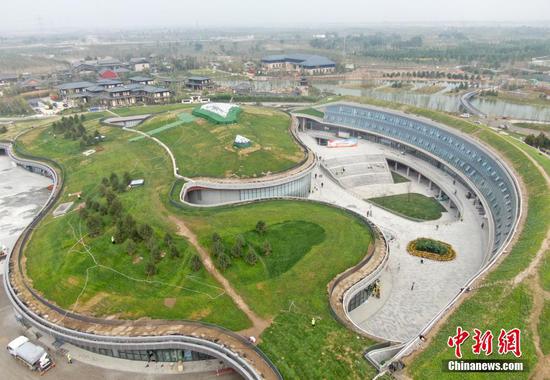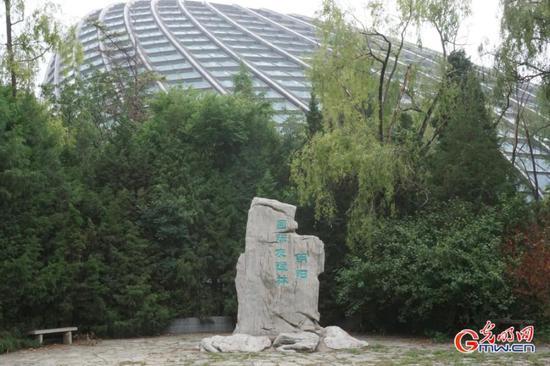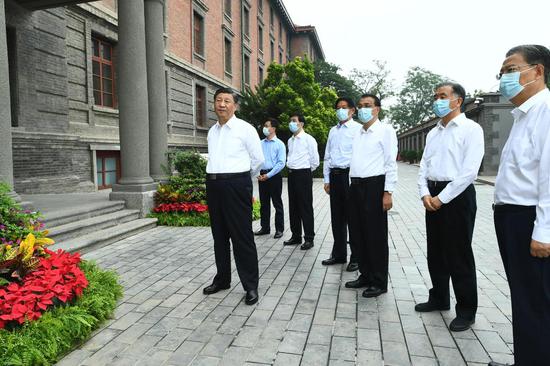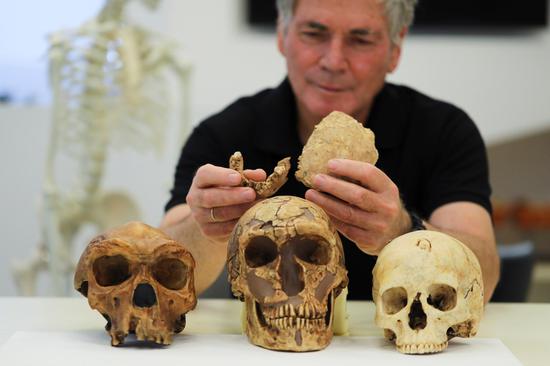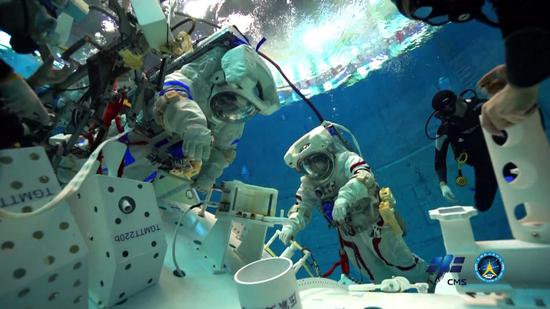High-energy synchrotron facility installs its first piece of accelerator
The High Energy Photon Source, China's first high-energy synchrotron radiation light source, installed its first piece of accelerator equipment in Beijing on Monday, marking a milestone in the construction of a major scientific instrument that will be used to probe the microstructure of materials for basic research and engineering.
Monday also saw the launch of the Platform of Advanced Photon Source Technology Research and Development. The 42,640-square-meter facility is adjacent to HEPS and serves as a testing ground for research and experimental instruments before they are installed in the light source.
HEPS' main facility consists of a storage ring with a circumference of 1,360 meters. Construction of the 4.8 billion yuan ($743 million) super-microscope began in 2019 and is set to finish around December 2025, according to the Chinese Academy of Sciences' Institute of High Energy Physics.
It is capable of accelerating electrons to the energy level of 6 giga-electronvolts, making it one of the brightest and most powerful X-ray light sources in the world.
"HEPS will be a key platform for our scientists to make more original breakthroughs in basic sciences and engineering," said Wang Yifang, the director of the institute.
For decades, scientists have been using extremely bright X-rays produced in synchrotron light sources to study matter at the atomic and molecular level, leading to advances in materials science, biology, medicine, nanotechnology, aerospace technologies and other fields.
There are three synchrotron light sources in operation on the Chinese mainland, located in Beijing, Shanghai and Hefei, Anhui province. The Shanghai Synchrotron Radiation Facility, which opened in 2009, is currently the most advanced of the three.
HEPS, which is being built in Huairou district's Science City, comprises accelerators, beamlines and auxiliary facilities that form an overall layout that resembles a giant magnifying glass.
The machine can accommodate over 90 beamlines and stations for scientists to do research. In the first phase, 14 of the beamlines and stations will be made available for researchers in engineering, materials science, energy, medicine, chemistry and other fields.











